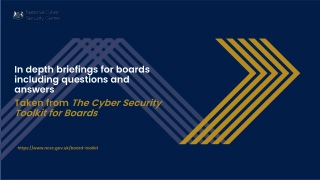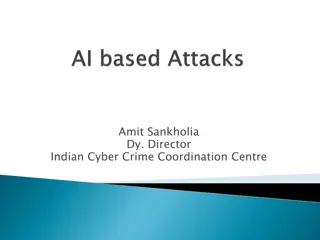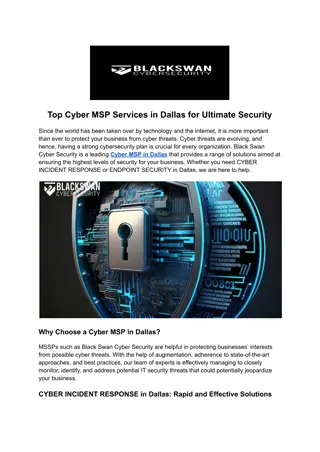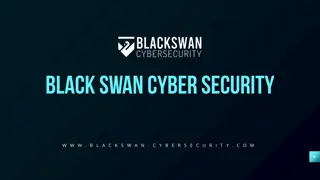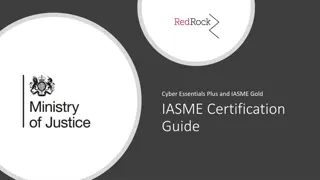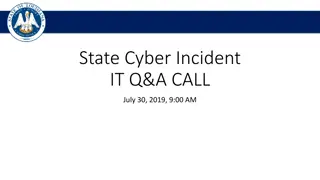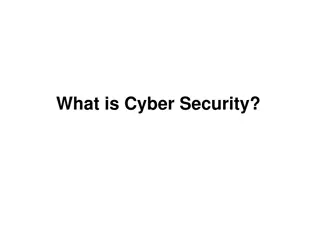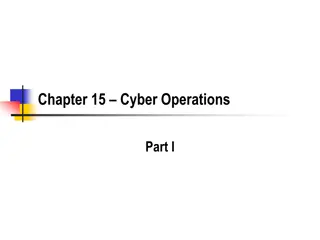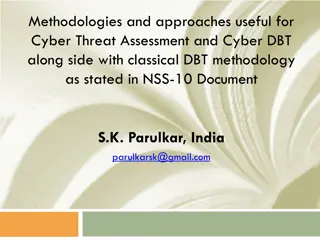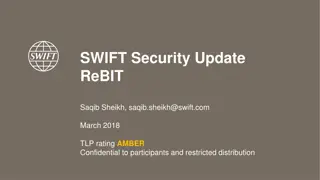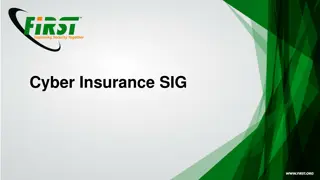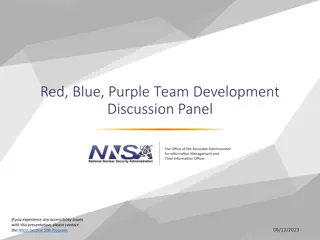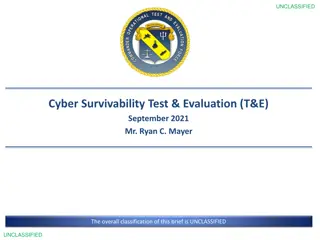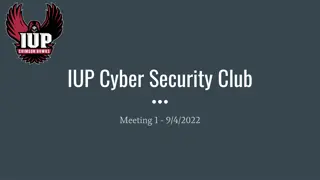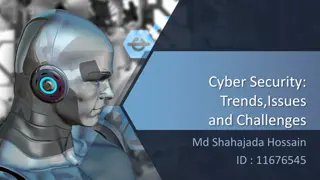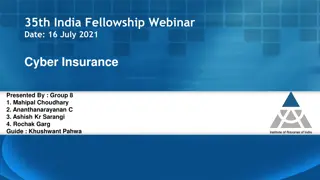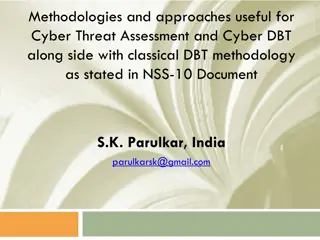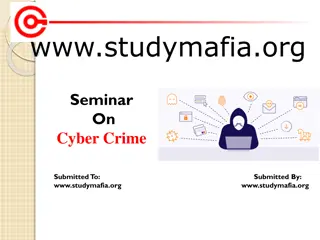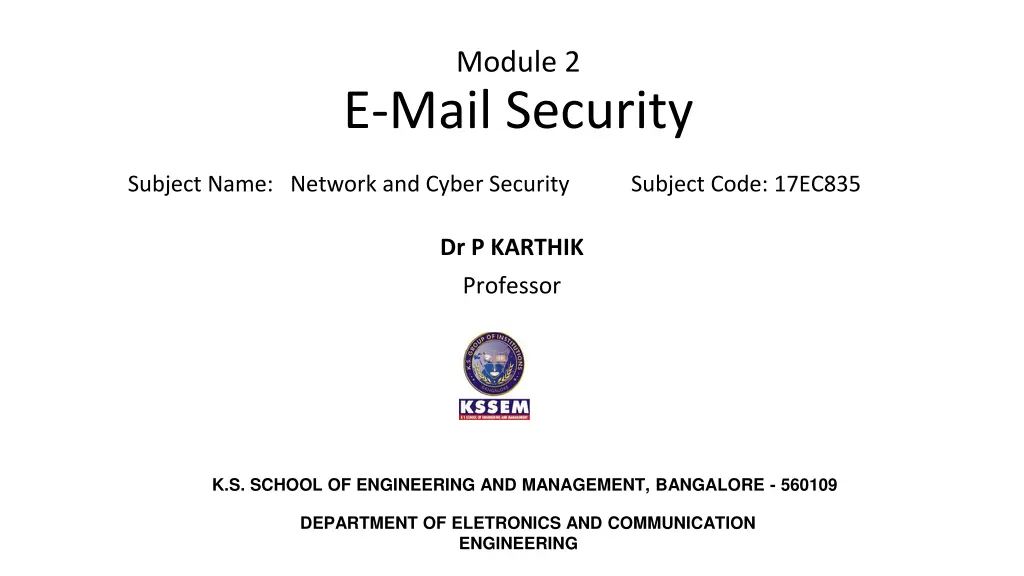
Function Modules and Protocols for Network and Cyber Security
Explore the functionality of essential modules like MUA, MSA, MTA, MDA, and MS, alongside the deployment and operation of DKIM in securing email communications. Dive into the detailed functional flow and web links for further learning.
Download Presentation

Please find below an Image/Link to download the presentation.
The content on the website is provided AS IS for your information and personal use only. It may not be sold, licensed, or shared on other websites without obtaining consent from the author. If you encounter any issues during the download, it is possible that the publisher has removed the file from their server.
You are allowed to download the files provided on this website for personal or commercial use, subject to the condition that they are used lawfully. All files are the property of their respective owners.
The content on the website is provided AS IS for your information and personal use only. It may not be sold, licensed, or shared on other websites without obtaining consent from the author.
E N D
Presentation Transcript
Module 2 E-Mail Security Subject Name: Network and Cyber Security Subject Code: 17EC835 Dr P KARTHIK Professor K.S. SCHOOL OF ENGINEERING AND MANAGEMENT, BANGALORE - 560109 DEPARTMENT OF ELETRONICS AND COMMUNICATION ENGINEERING
Function Modules and Standardized Protocols for the Internet
MUA: This function is housed in the users computer and is referred to as a client e-mail program or a local network e-mail server. The author MUA formats a message and performs initial submissions into the MHS vis MSA. MSA: Enforces policies and requirements of Internet Standards. SMTP is used b/n MUA and MSA. MTA: Several MTAs are used till the destination point, with help of SMTP it reaches the MDA. MDA: transfers messages from MHS to MS. MS: Retrieves messages from a remote (POP) and Local Server (IMAP).
Operation of DKIM An E-mail message is generated by an e-mail client program. The content and selected RFC 5322 headers is signed by private key. The signer is associated with domain (ISP, ex-gmail). The messages passes through the Internet (MTA) and reached the destination. MDA retrieves public key for incoming signature and verifies the signature before passing the message on to the destination e-mail client. Signing algorithm used is RSA with SHA-256 and RSA with SHA-1.
The signature is inserted into the RFC 5322 message as an additional header entry, starting with the keyword Dkim- Signature. Before a message is signed a process known as canonicalization is performed on both the header and body of the message. Canonicalization is necessary to deal minor changes during the en route, character encoding, treatment of trailing white space in message lines, folding and unfolding of header lines. Canonicalization algorithms has two header formats Simple (No modifications) Relaxed (Common modifications)
WEB LINKS 1. https://www.youtube.com/watch?v=lcBpC1RsWsw 2. https://www.youtube.com/watch?v=-QevxIq1dcE 3. https://www.youtube.com/watch?v=jXw- CXYT01M&list=PL9FuOtXibFjV77w2eyil4Xzp8eooqsPp8&index=47 4. https://www.youtube.com/watch?v=jNoUtbK8hv4&list=PL9FuOtXi bFjV77w2eyil4Xzp8eooqsPp8&index=48 5. These NPTEL video lectures are useful to get the basics of Pretty Good Privacy, E-mail Security, Digital Signature Service as well working of Hash functions.


